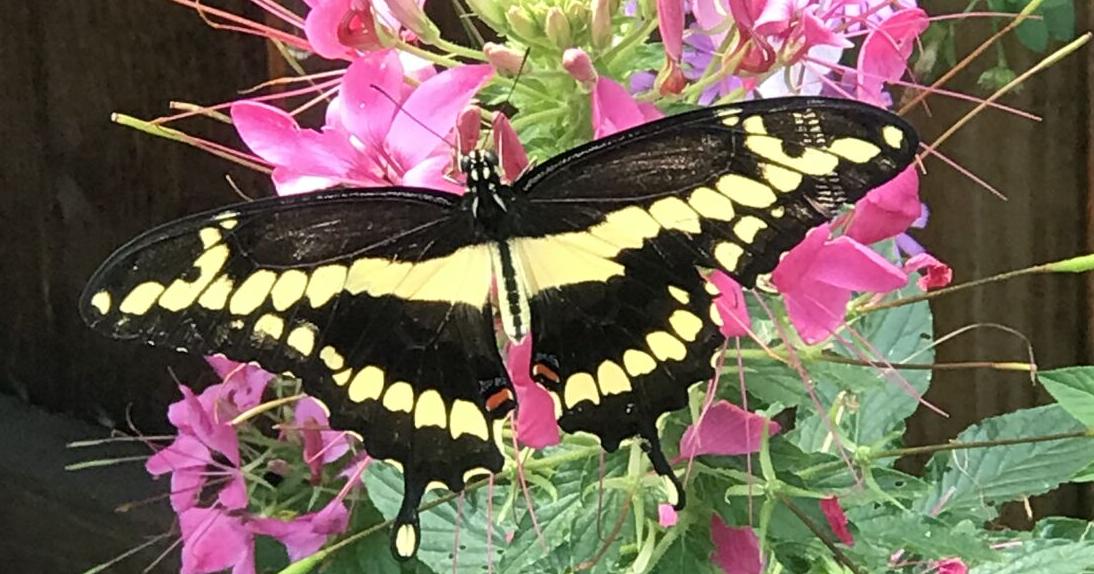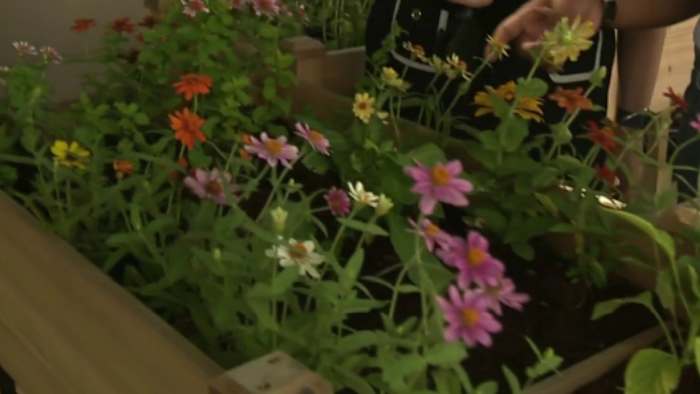Once leaves have dropped in autumn, there is a great opportunity to examine the deciduous trees in your garden and determine if some pruning is needed. November through March is an ideal time to get that work done. Evergreen tree pruning should be deferred until early spring. The reasons for pruning include:
⢠Managing damage and disease problems.
⢠Structural training of young trees for a stronger branch structure that is less susceptible to storm damage and more attractive.
⢠Thinning to increase the light penetration in the canopy and increase blooms and fruit.
⢠Ensuring that trees do not threaten neighboring structures or overhang sidewalks impeding pedestrians.
First, remove branches that are broken, crossing each other, diseased or otherwise damaged. If you see brown leaves clinging to a branch, and the tree is in the rose family, it may be infected by fire blight; infected branches should be removed before the spring bloom and pruning tools should be disinfected.
Next, think about structural pruning, especially on young trees. Proper pruning during the establishment phase of a tree can yield big results in the future appearance and health of the tree. The goals here are to establish a strong leader and canopy branches with strong branch unions.
For established trees, make sure large limbs do not threaten nearby structures or improperly overhang sidewalks. For larger trees, your principal task may be to engage an arborist. Autumn is a good time to make that contact for work to be completed in dormancy. In general, pruning should not remove more than 10% of the canopy, and limbs exceeding 2 inches diameter should not be removed unless they are damaged.
Make sure your tools are clean and sharp. Dull blades can do harm as ragged wounds can be an entry point for pathogens to enter the tree. Tools for gardeners include:
⢠Pruners, a specialized scissor capable of cutting branches up to about an inch thick.
⢠Loppers, a long-handled cutter that can cut branches up to 2 inches in diameter.
⢠Pruning saws can cut larger branches, some feature telescoping poles to aid in reaching high branches.
⢠Power tools such as chain saws are available but probably best left to professionals.
If you are removing a limb completely, cut it back to the union of the branch with the trunk or limb. Locate a ridge of tissue called the branch collar and cut just beyond that ridge. Do not paint the wound; the tree is capable of healing cleanly at the branch collar. Sap might ooze out of the wound, which is only a short-lived aesthetic problem.
Submit gardening questions to [email protected] or call 719-520-7684. The in-person help desk is closed for the season; questions submitted via email will be answered remotely. Find us on Facebook at Colorado Master Gardeners – El Paso County.
Submit gardening questions to [email protected] or call 719-520-7684. The in-person help desk is closed for the season; questions submitted via email will be answered remotely. Find us on Facebook at Colorado Master Gardeners – El Paso County.









